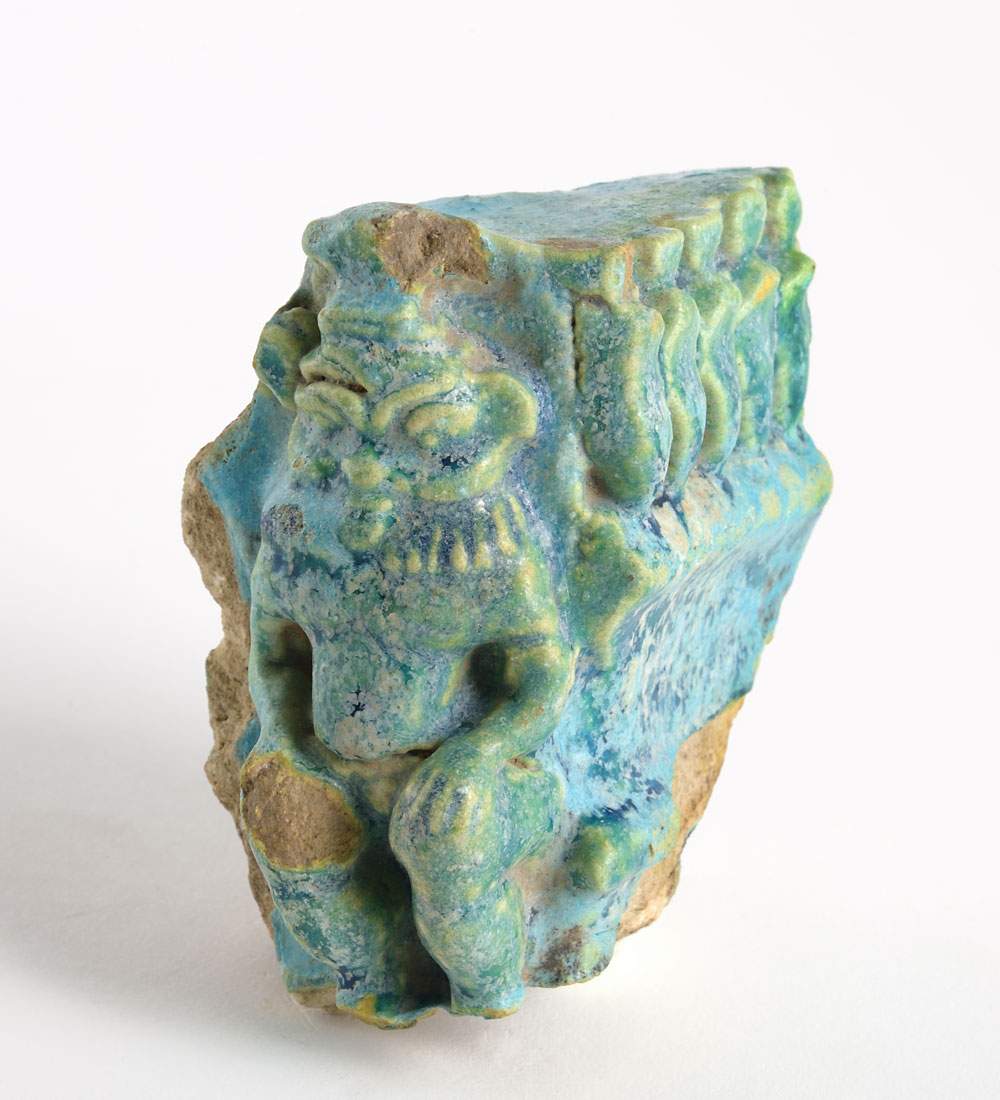Rearrangement of the Near East and Ancient Egypt section at the MIC in Faenza, Italy
On Saturday, Jan. 18, 2020, at 5 p.m., the new section dedicated to the Ancient Near East and Egypt, which has been completely rearranged, will be inaugurated at the International Museum of Ceramics in Faenza.
The last intervention had been carried out in 1999.
The new section therefore now offers, in addition to renewed exhibition supports and educational apparatus, a significant increase in the permanent collections thanks to the recovery of an important piece of the ceramic history of the Near East. The works on display allow new possibilities for cross-cultural storytelling and in-depth exploration of the origins of the millennia-old history of ceramic art.
On display are new objects from both the deposits of the MIC in Faenza for the Palestinian area and from the MuCiv in Rome through a significant nucleus of ceramics from Iran of the Iron Period (1200-800 B.C.). In addition, artifacts from Ancient Egypt will once again become visible to the public.
“A selection of Ancient Egyptian ceramics from the MIC, which although fragmentary are representative of the main productions from the predynastic to Hellenistic periods, has been brought closer to the Near Eastern core. The substantial collection of Ancient Egyptian artifacts had been displayed until the 1990s alongside Islamic fragments donated in the prewar era by the Orientalist Frederick Robert Martin,” said MIC conservator Valentina Mazzotti.
The rearrangement of the Ancient Near East and Egypt section was also accompanied by a general redefinition of the didactic apparatus, curated for the graphic part by Studio Manzi and Zanotti. The new didactic layout allowed for a clearer contextualization of the exhibits and the reference cultures, using geographic-cultural maps and timelines, in order to place the most significant historical-artistic stages of the various civilizations and to create a comparison between them.
In addition, thanks to the help of the students of the Liceo Artistico per il Design of Faenza, coordinated by professors Massimo Piani and Laura Dalmonte, it was possible to propose the graphic reconstruction of the reference forms of some artifacts from Mesopotamia, Iran, Anatolia and Egypt.
Accompanying the rearrangement, the Guide to the Ancient Near East and Egypt was also published.
The intervention included increasing the number of display cases and installing LED lighting inside the cases and educational panels outside.
For info: www.micfaenza.org
Pictured, Fragment of naos depicting the god Bes on the short side and a row of urei surmounted by the solar disk on the other side
Faience
Al-Fustat, Ptolemaic era, 332-30 BC.
Gift F.R. Martin, 1930
Inv. AB 140
 |
| Rearrangement of the Near East and Ancient Egypt section at the MIC in Faenza, Italy |
Warning: the translation into English of the original Italian article was created using automatic tools. We undertake to review all articles, but we do not guarantee the total absence of inaccuracies in the translation due to the program. You can find the original by clicking on the ITA button. If you find any mistake,please contact us.



























